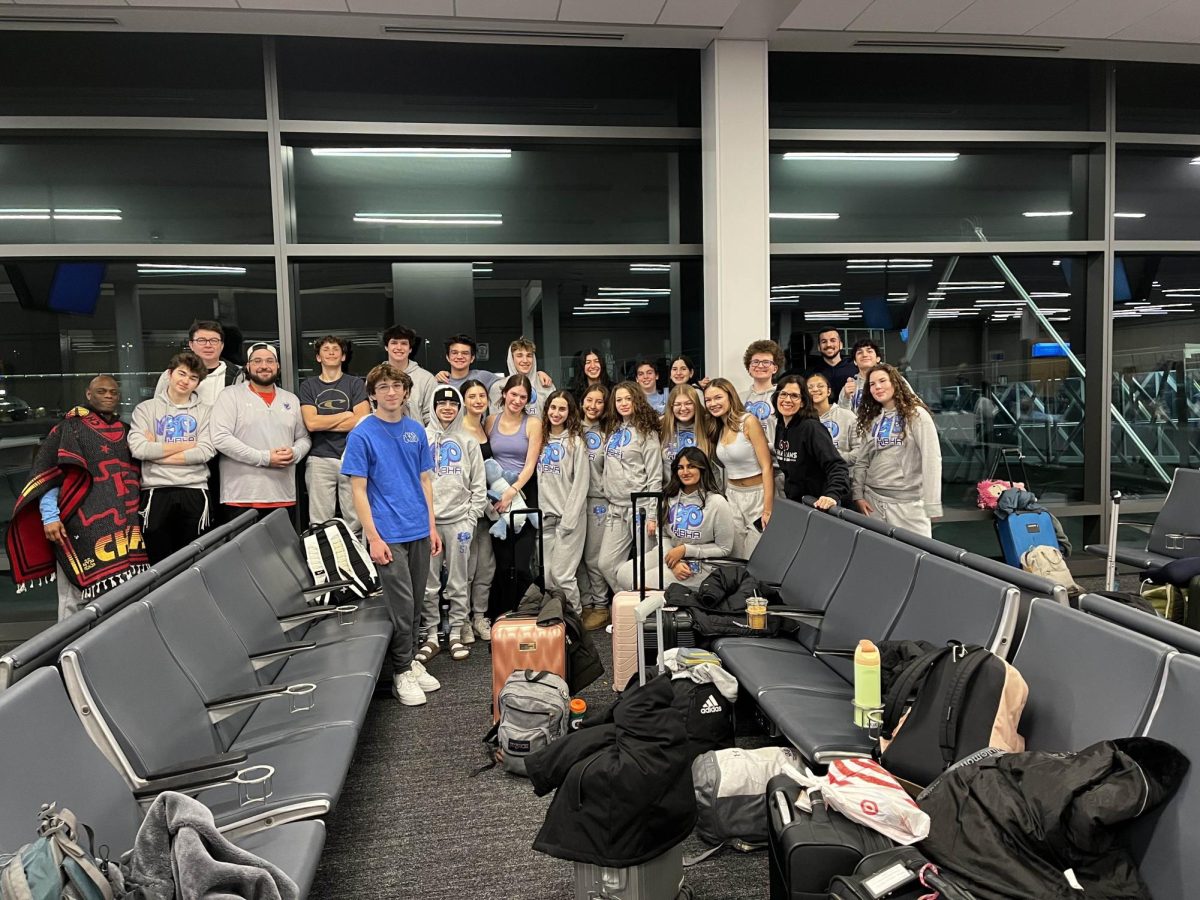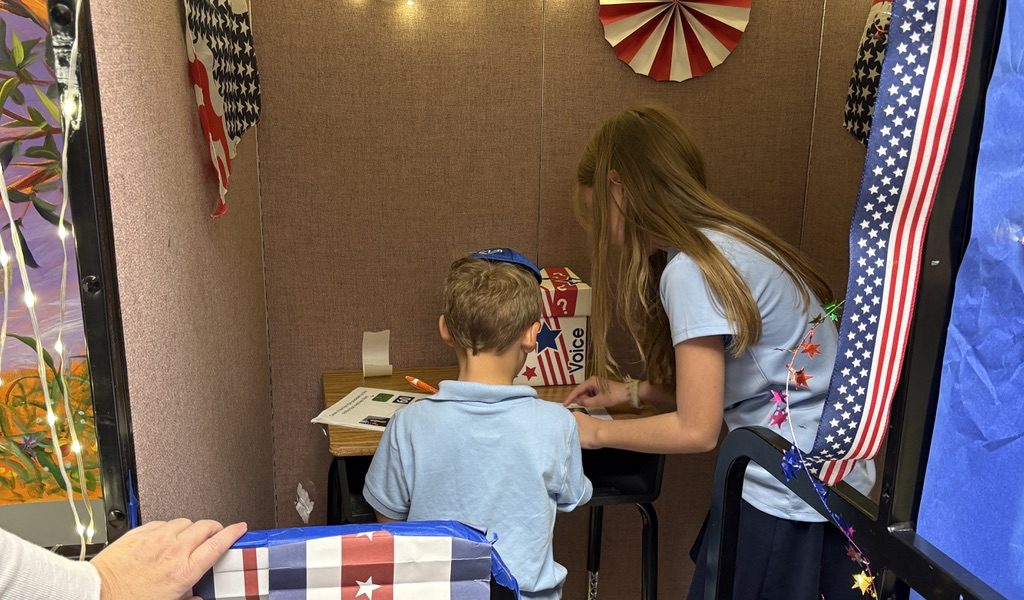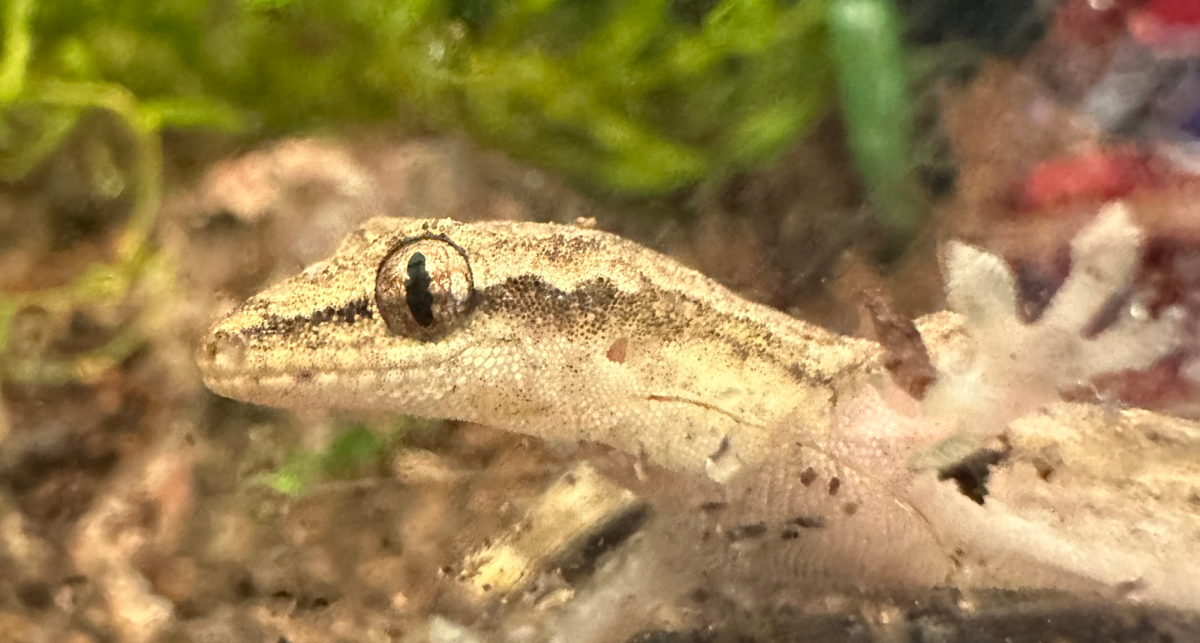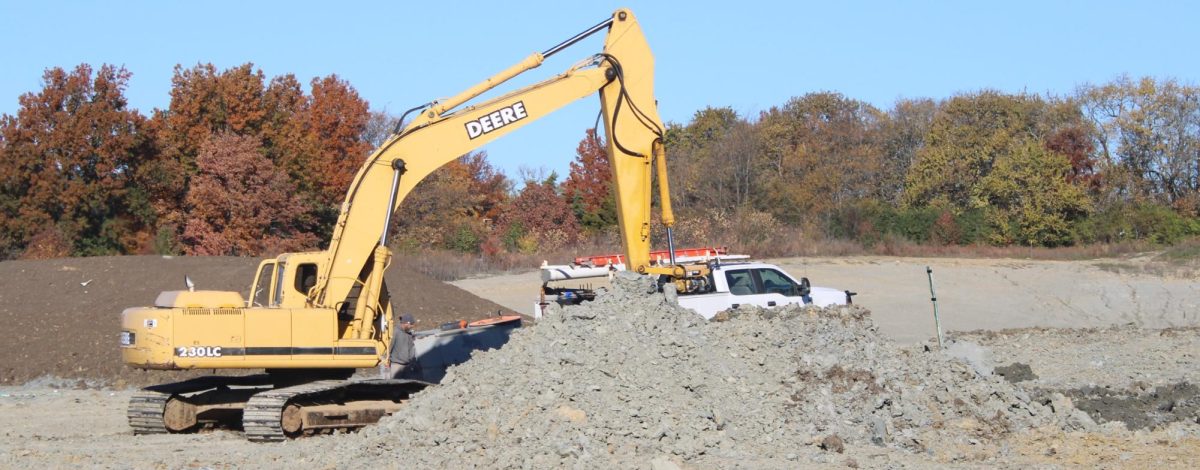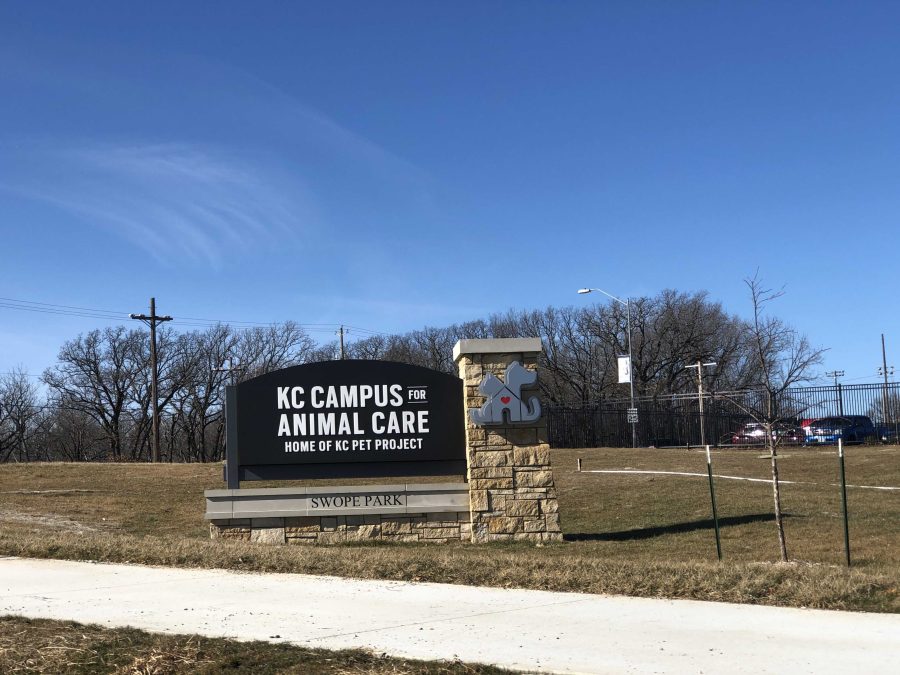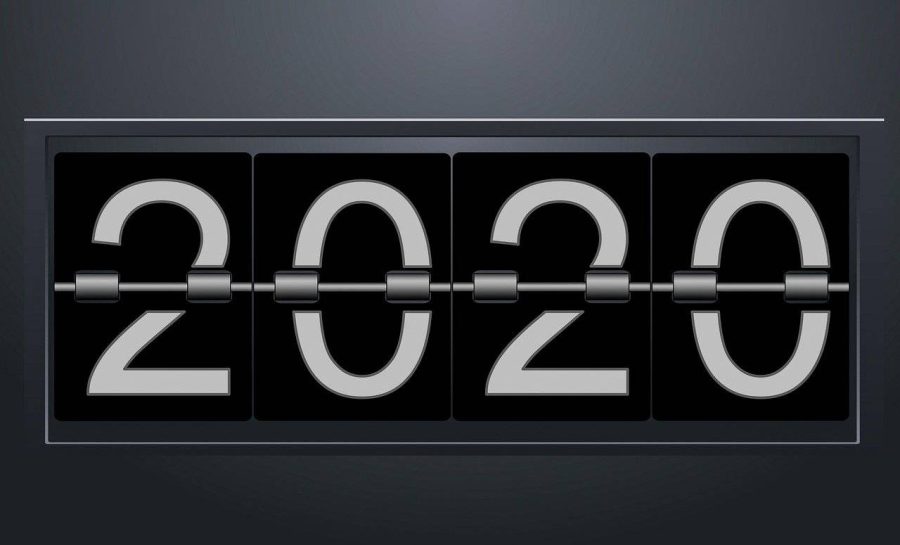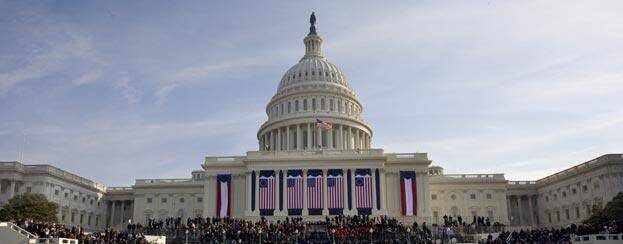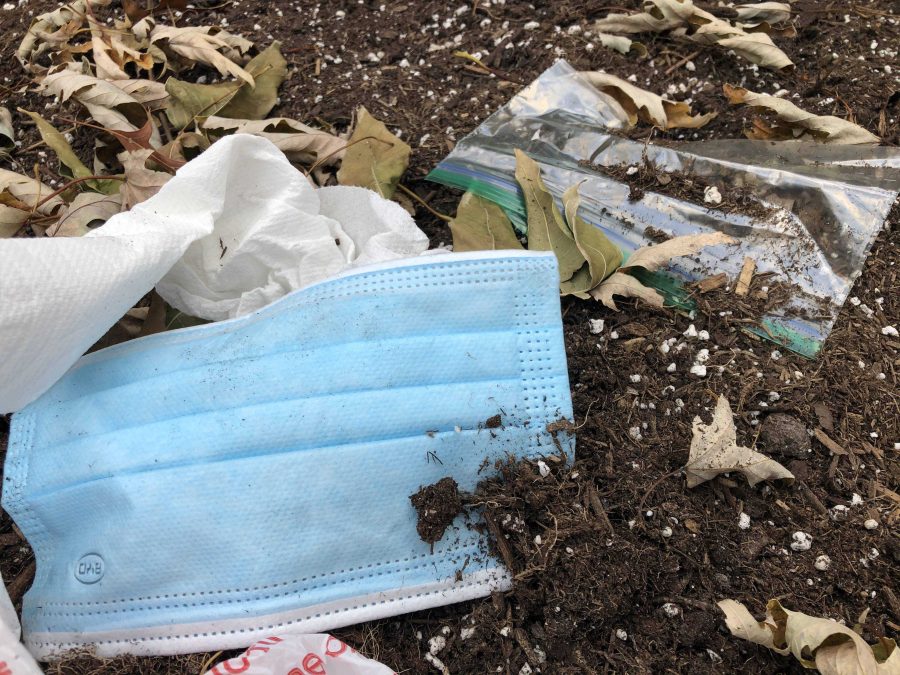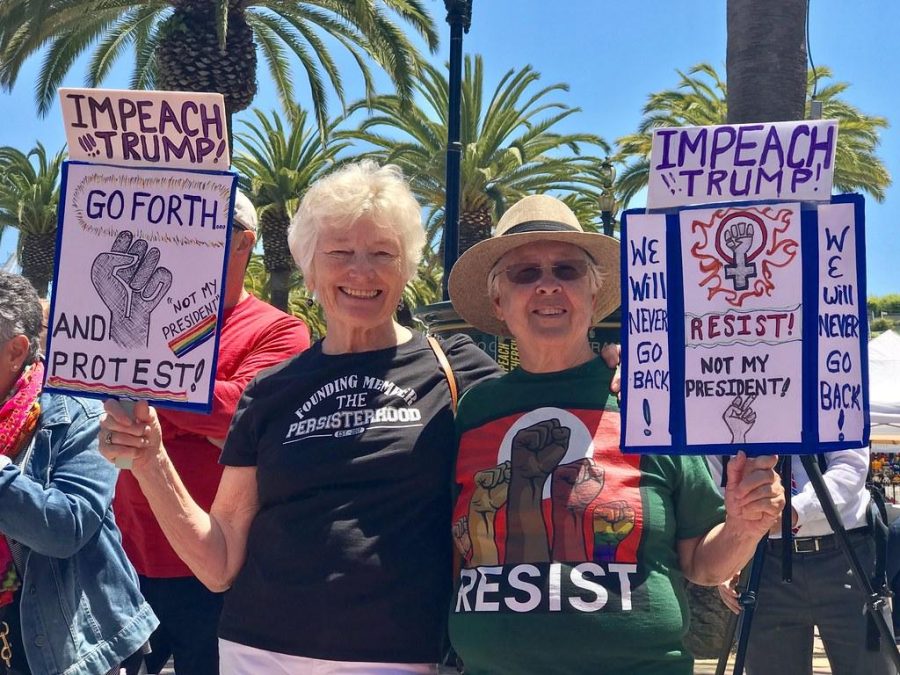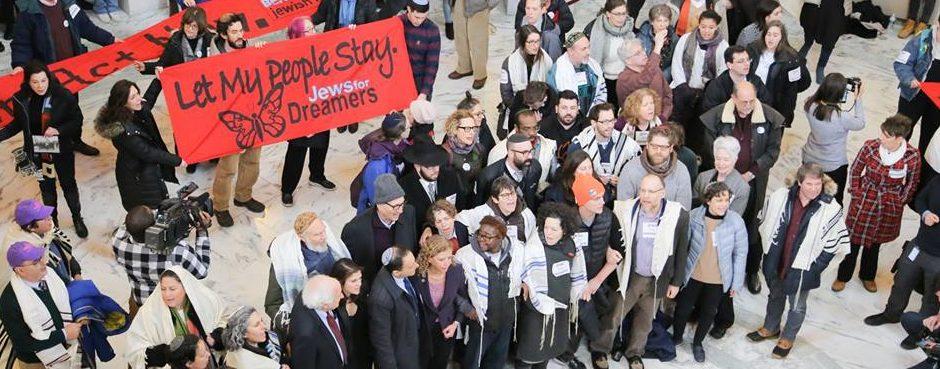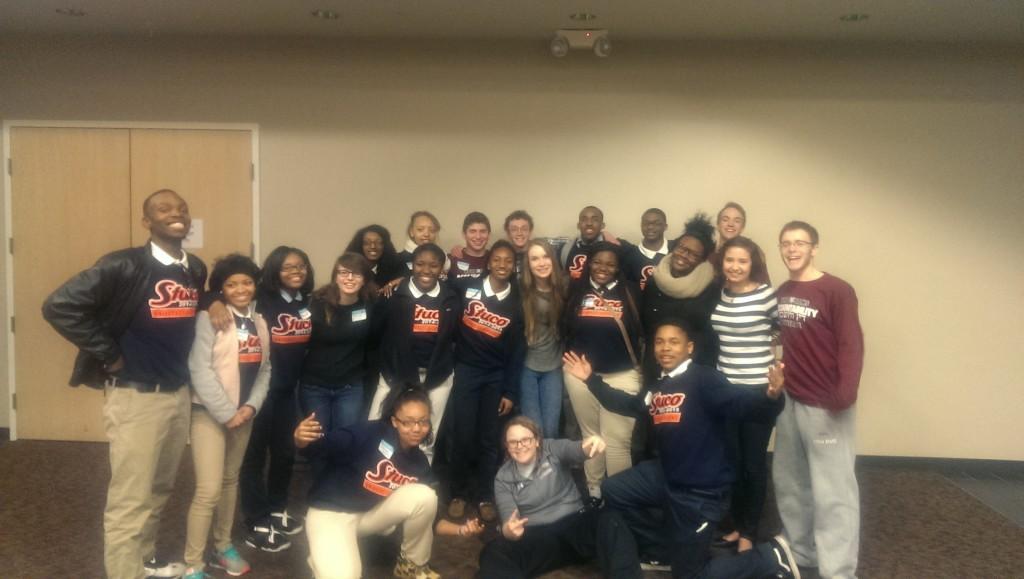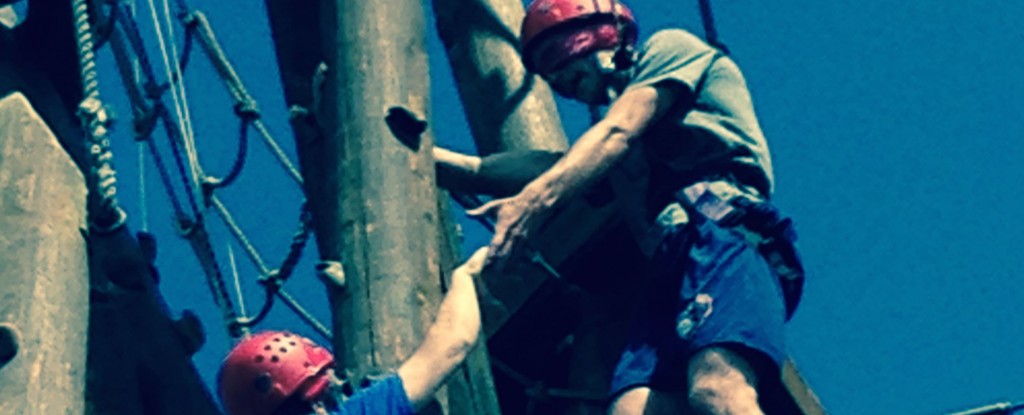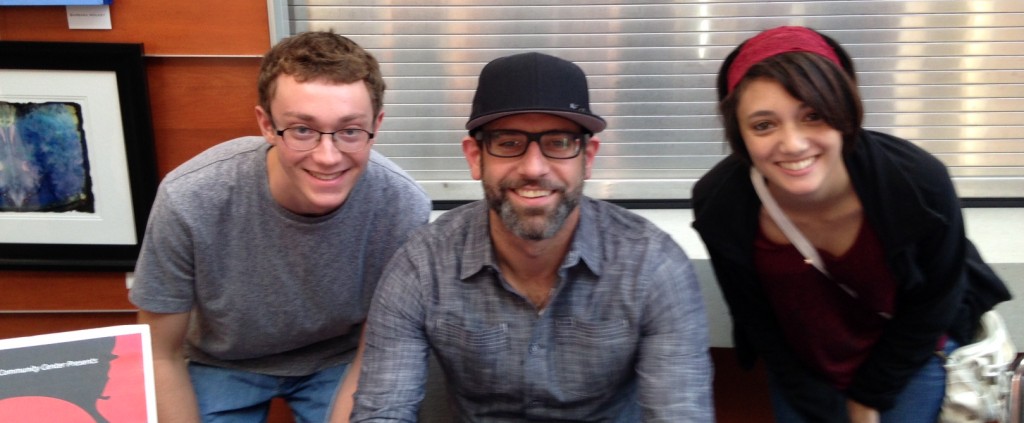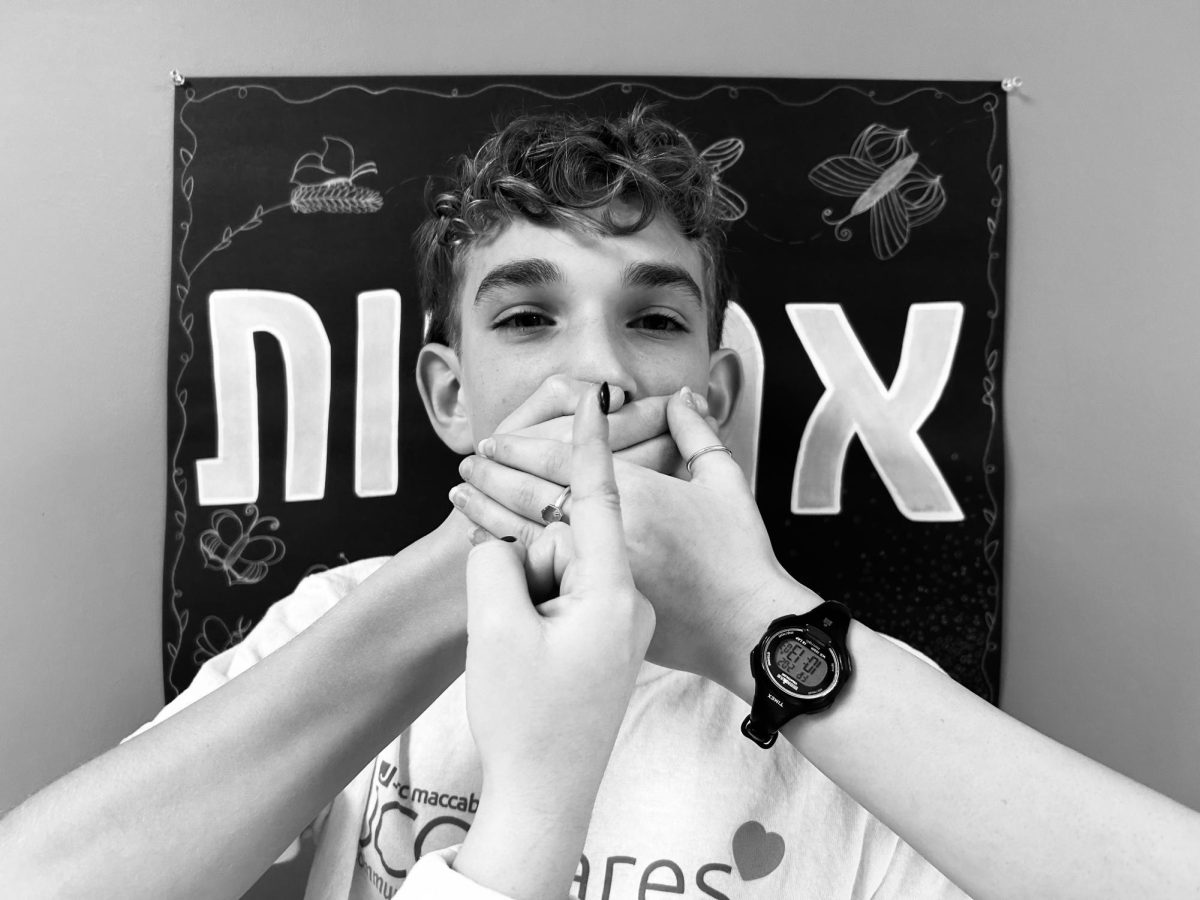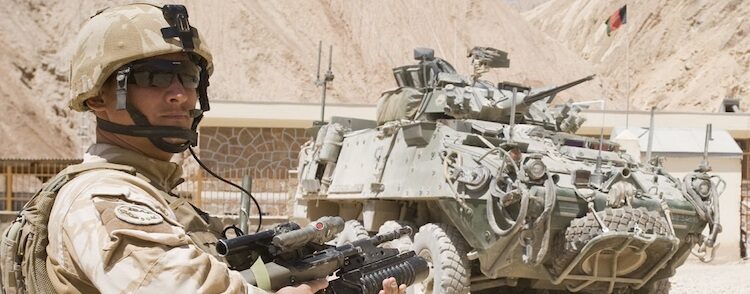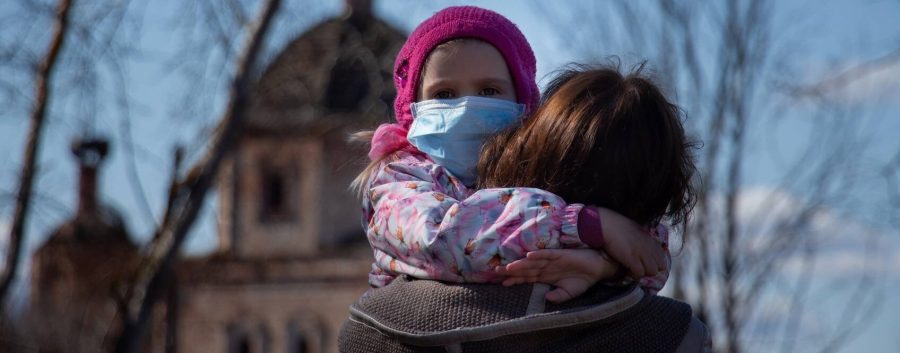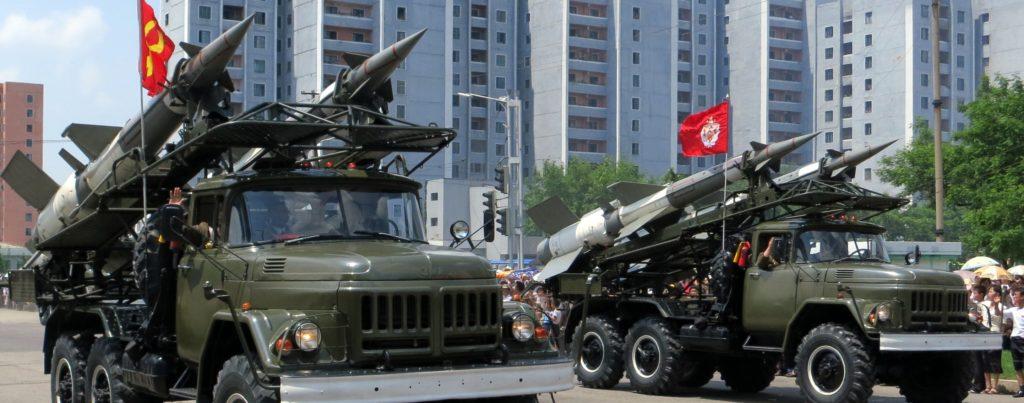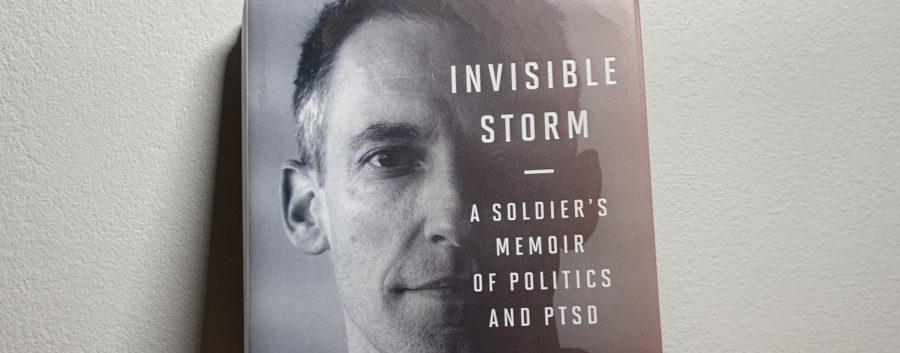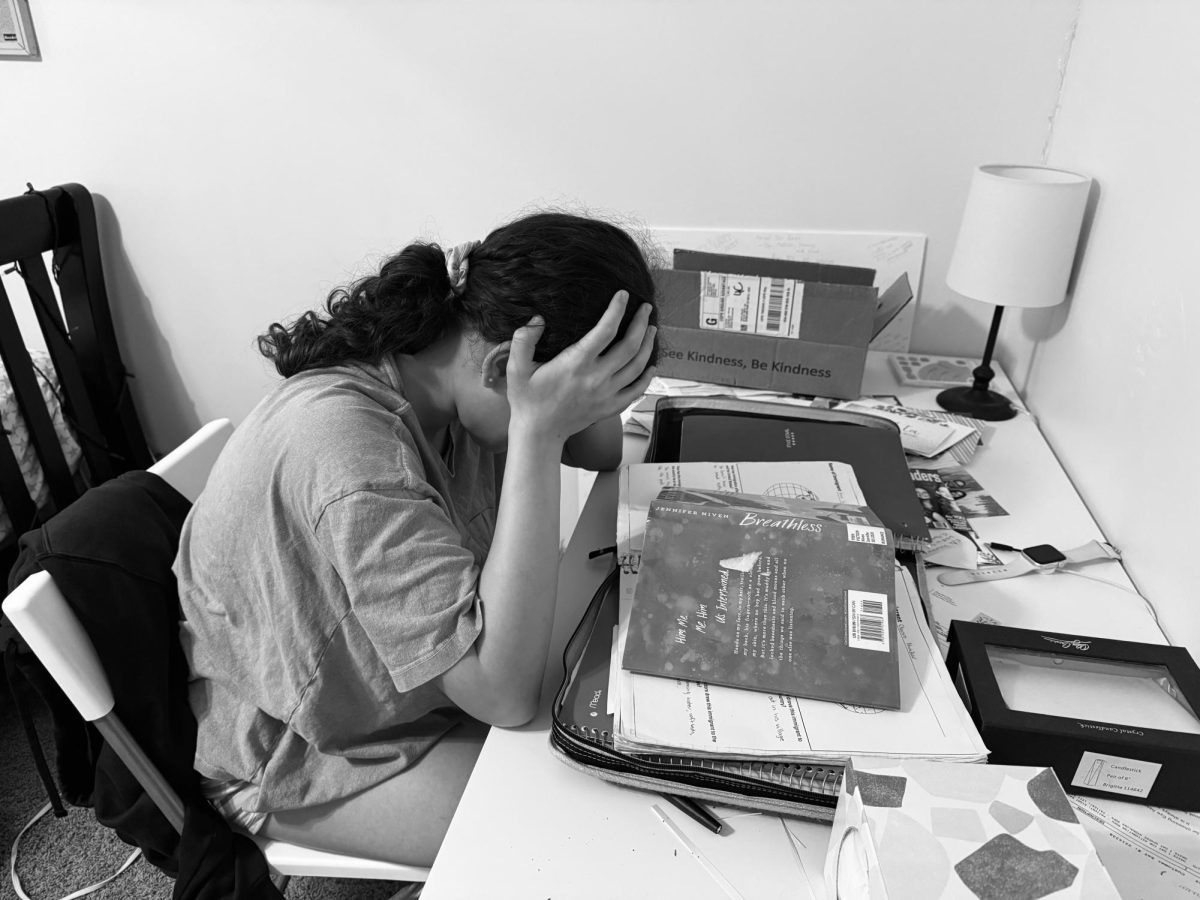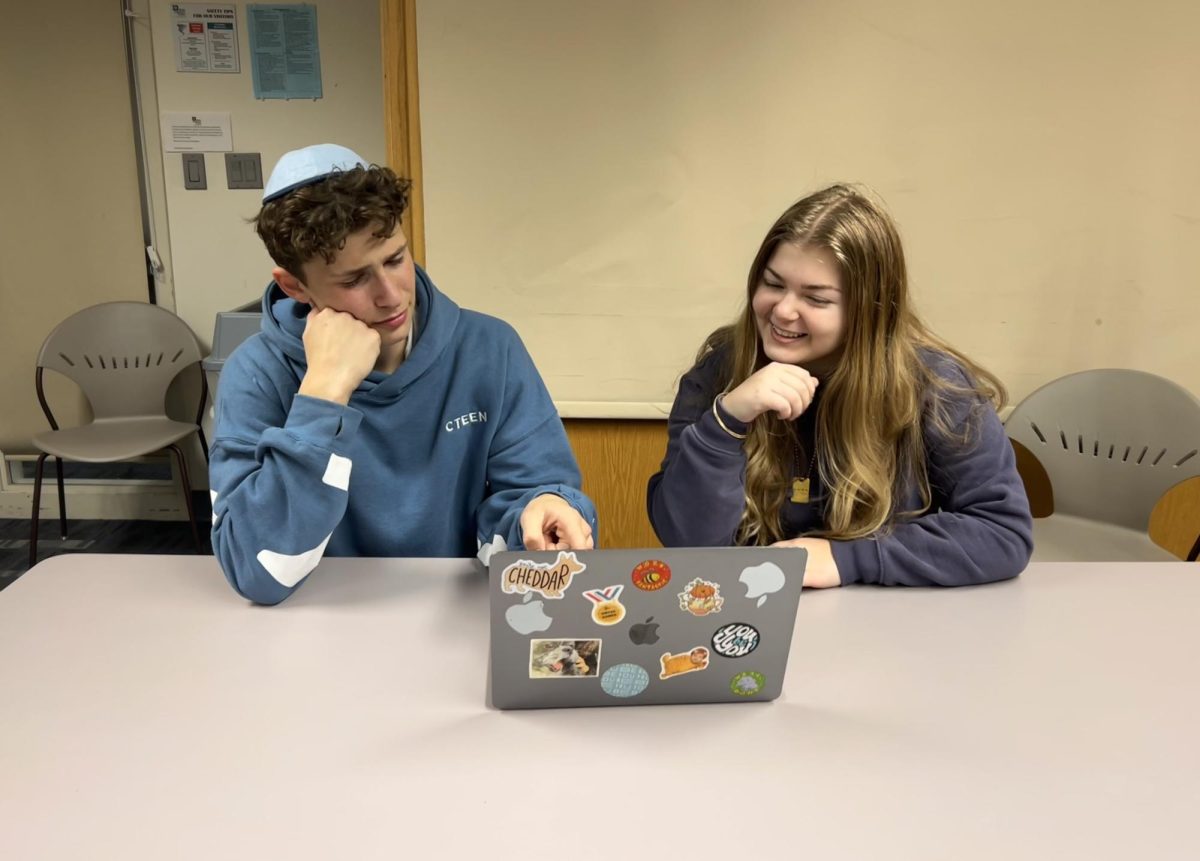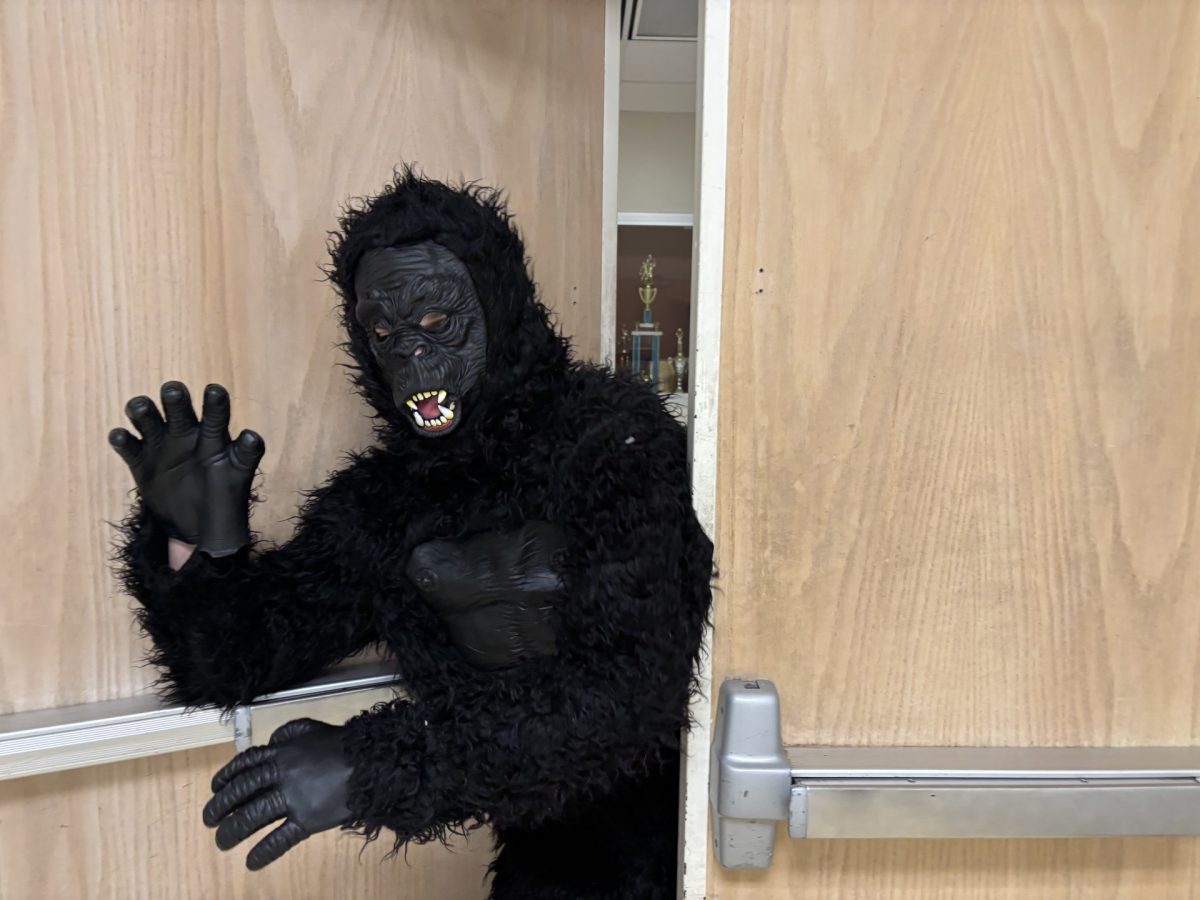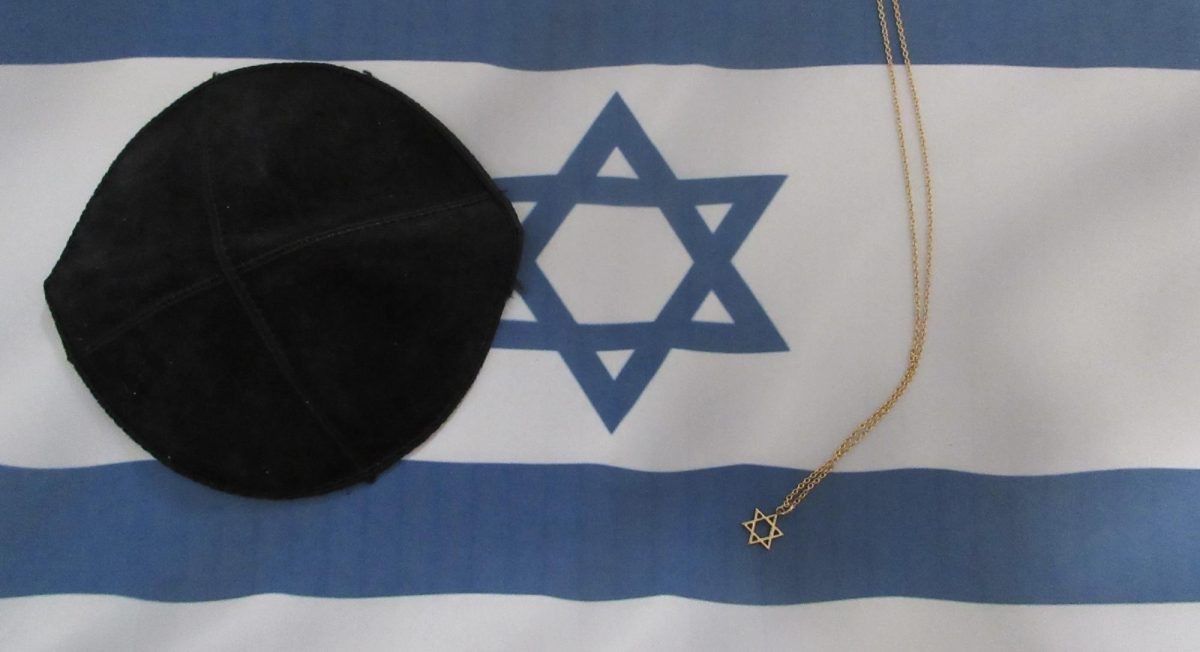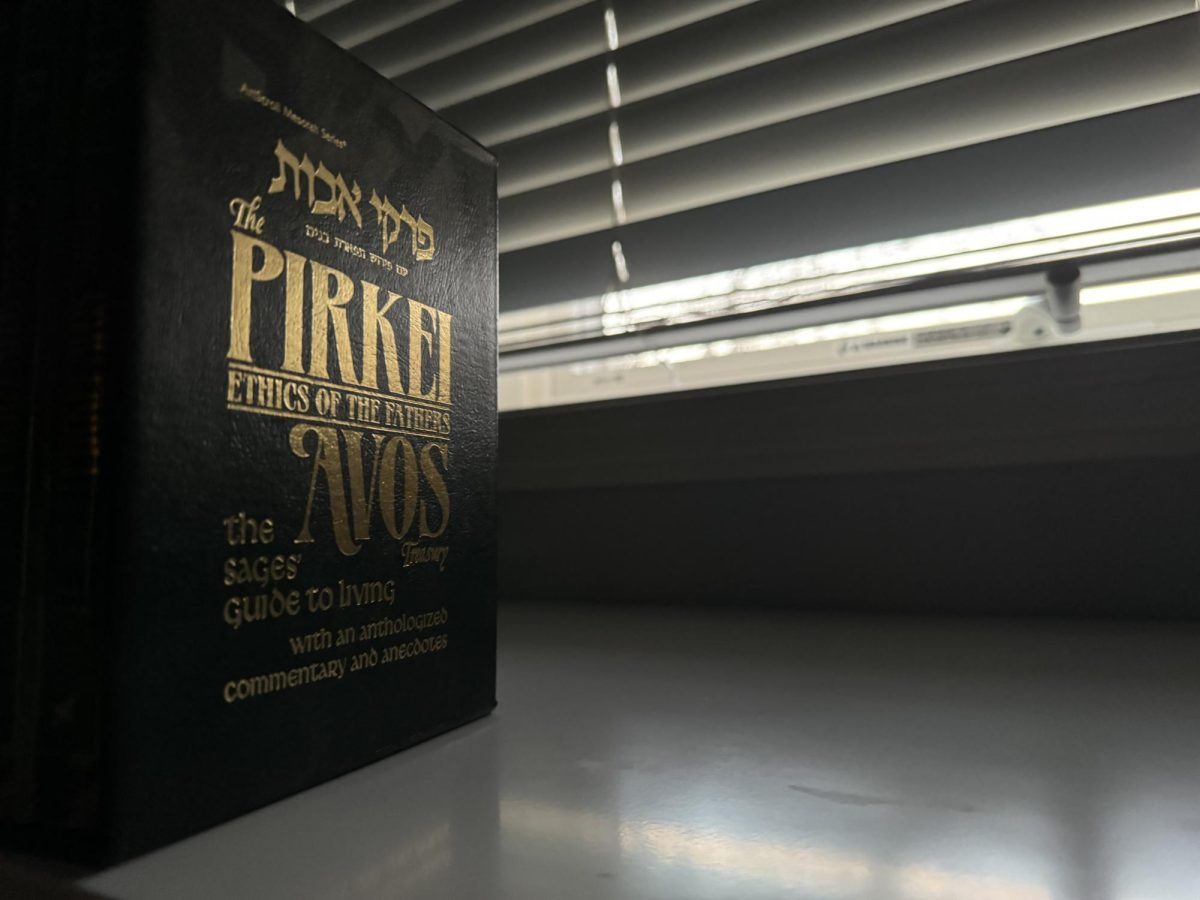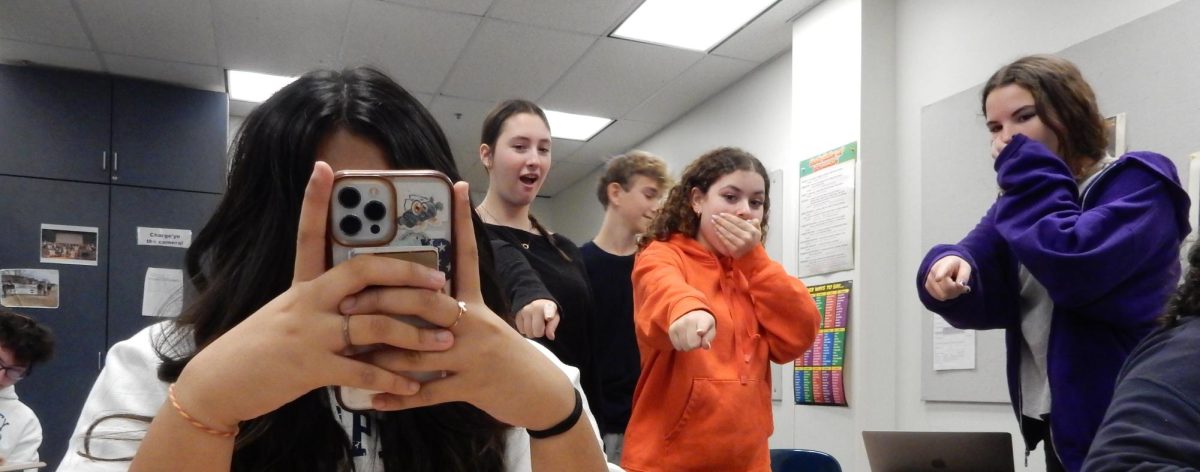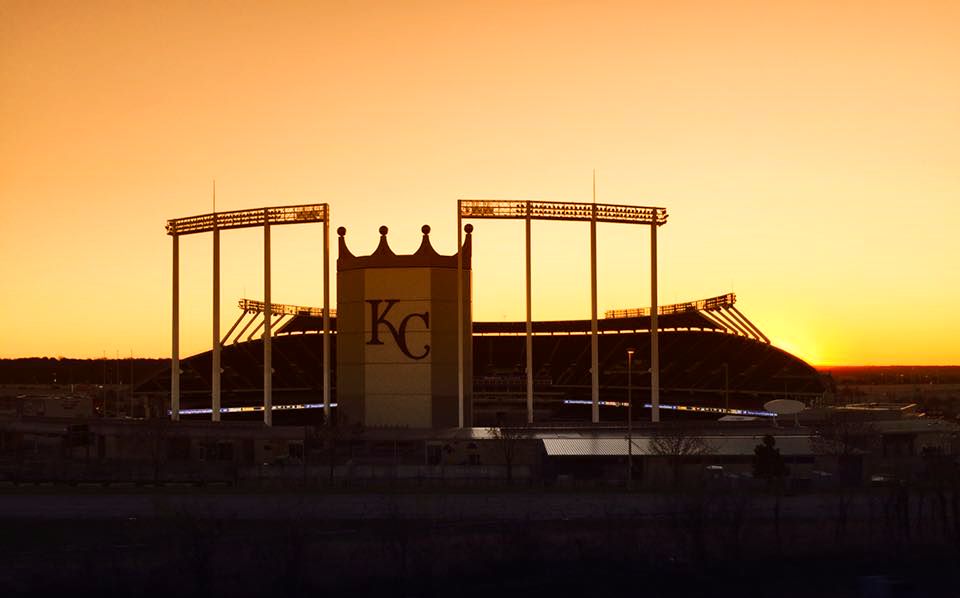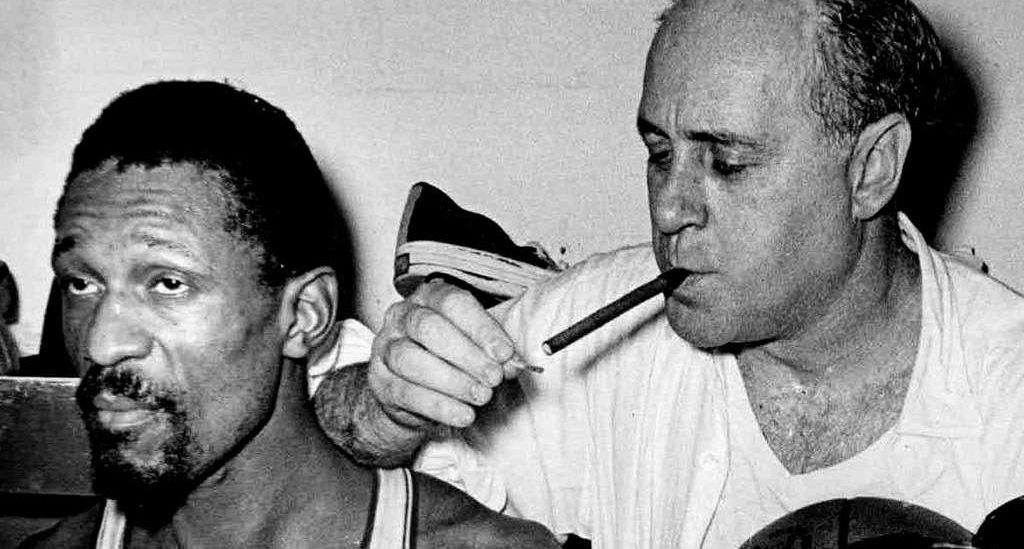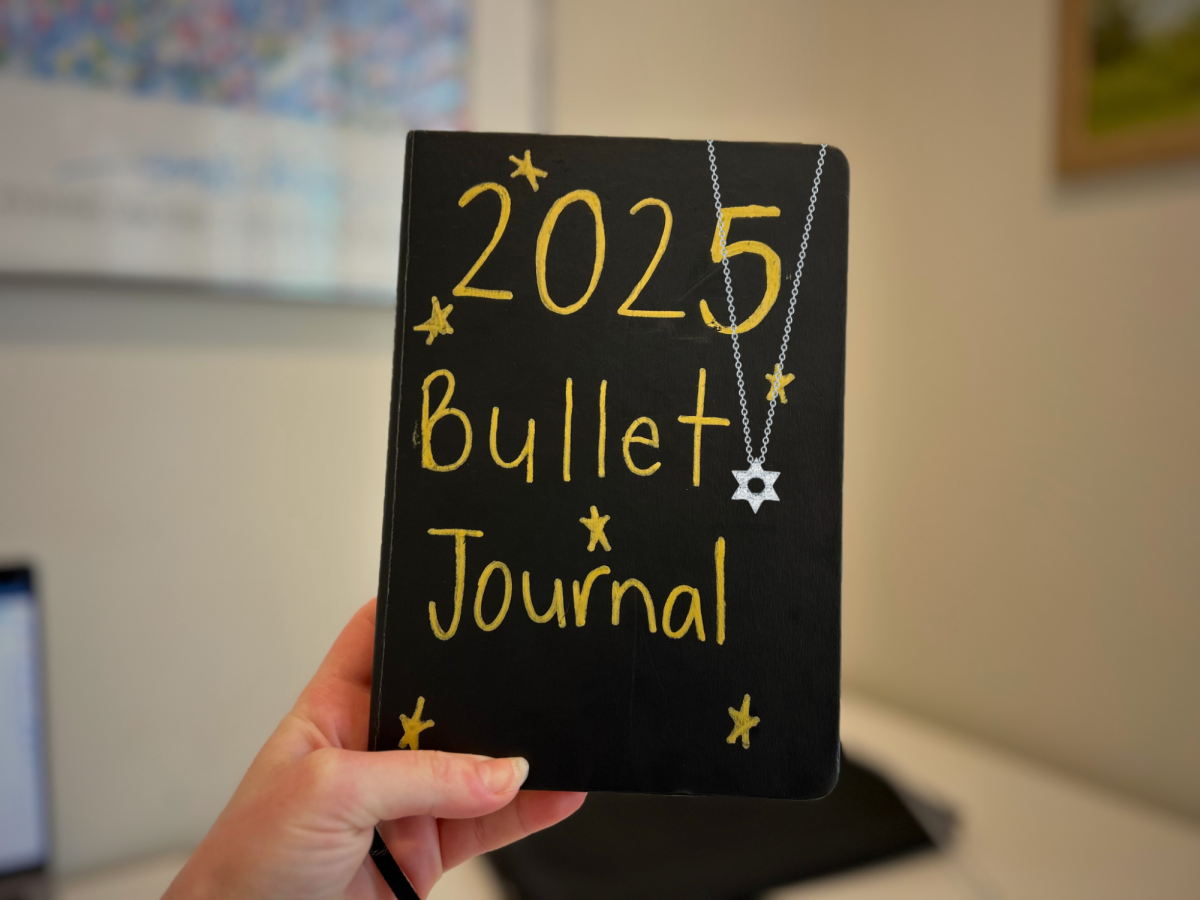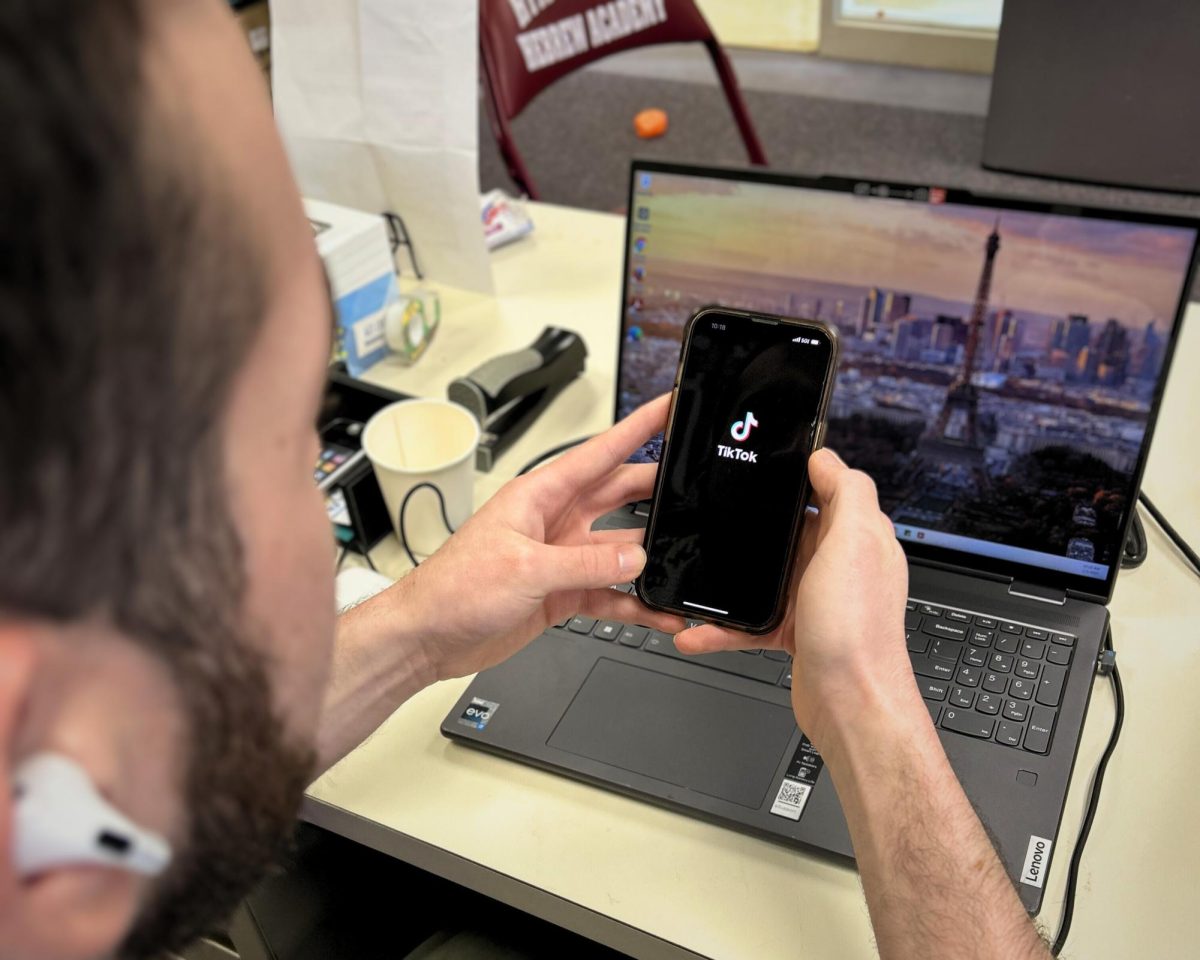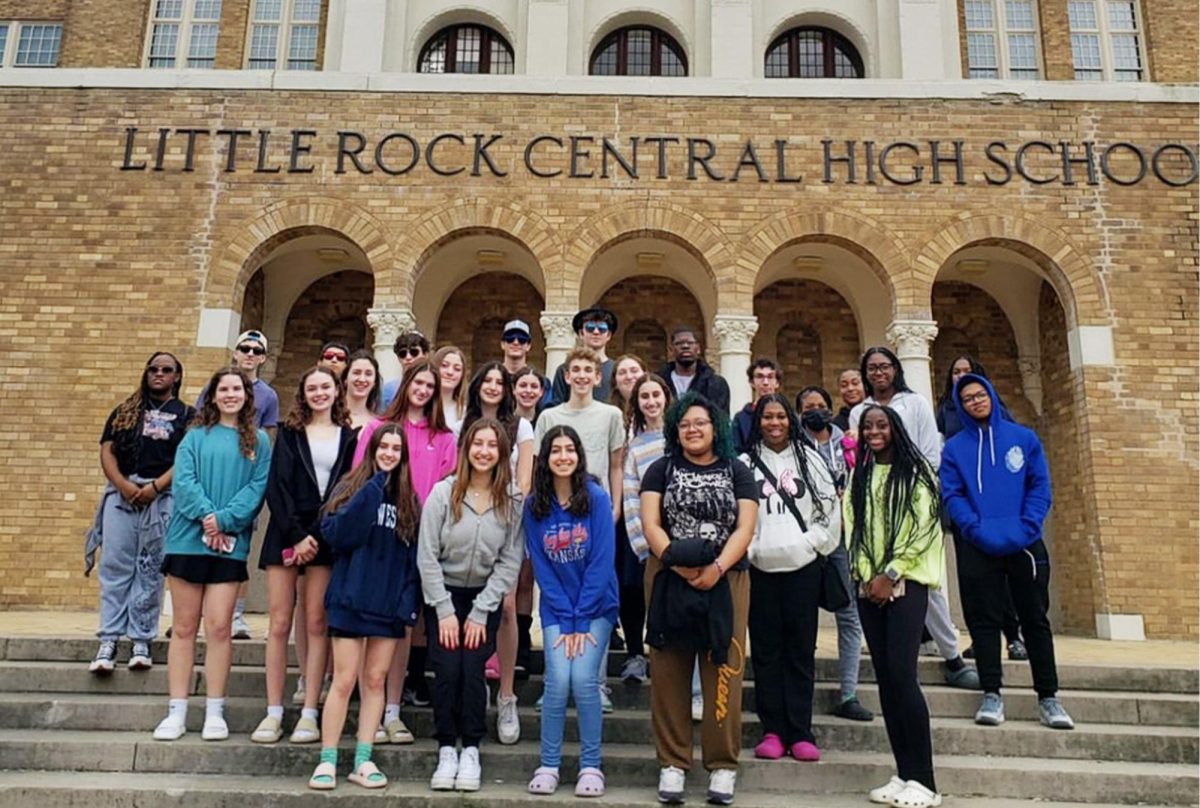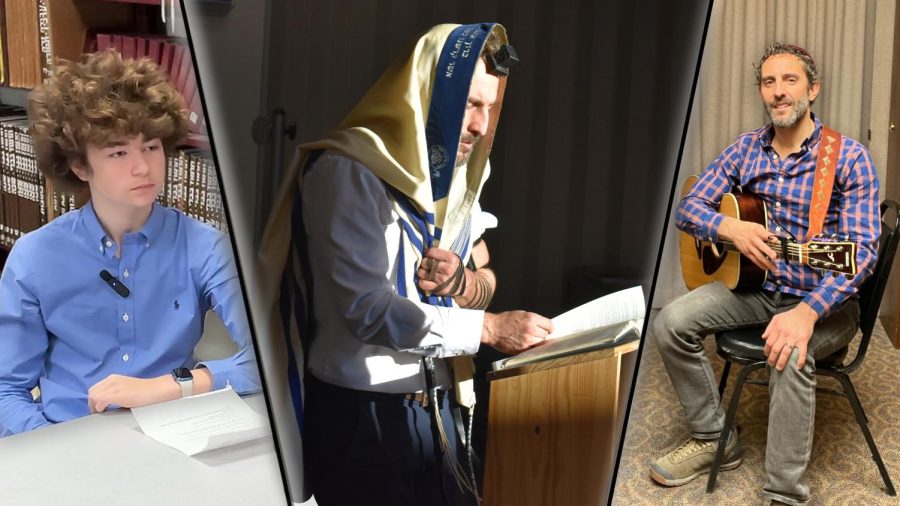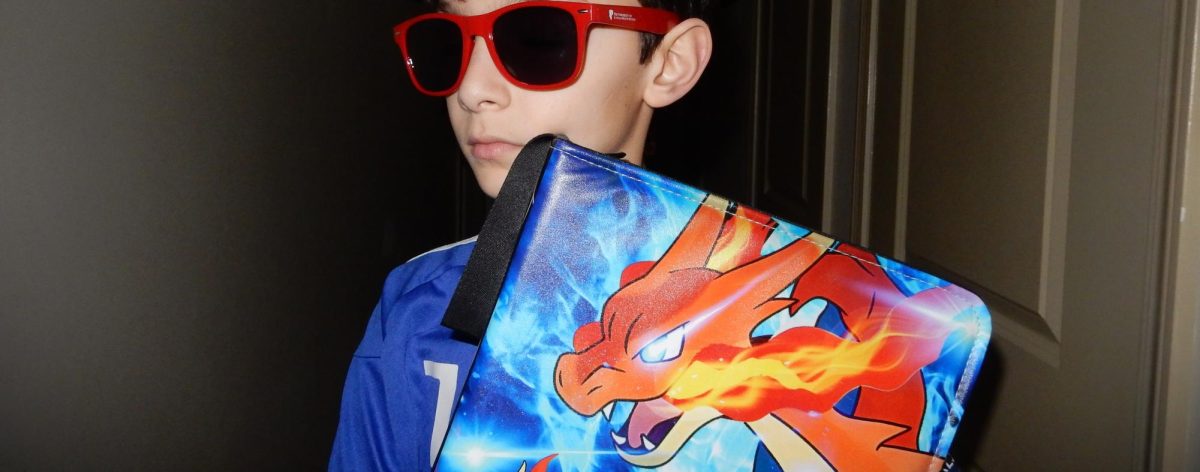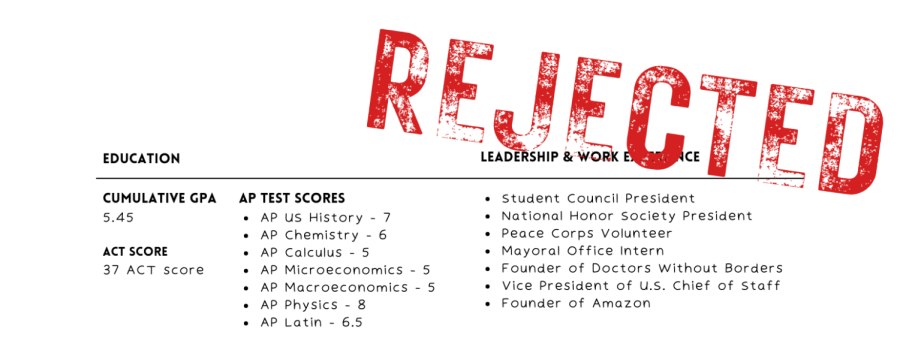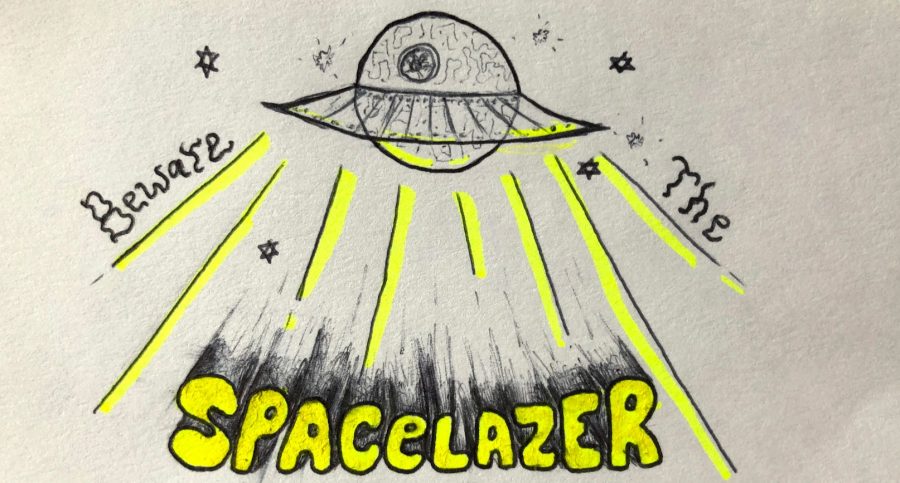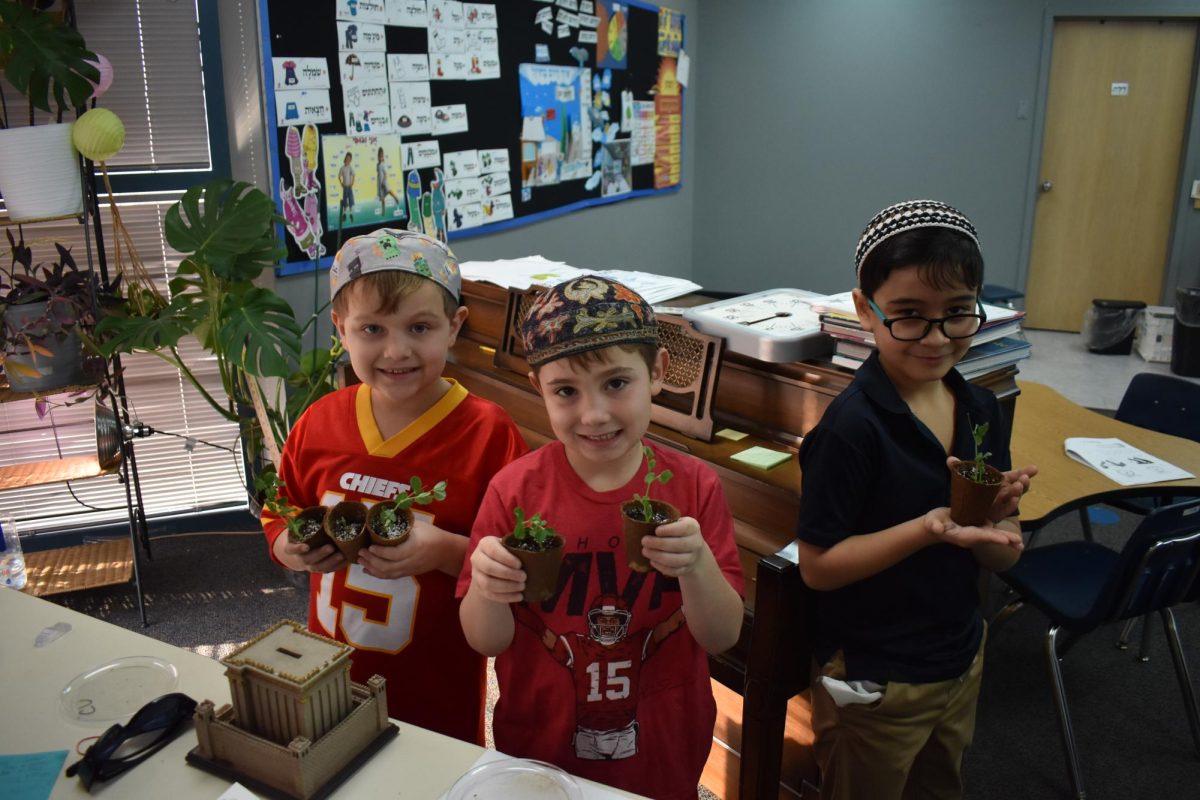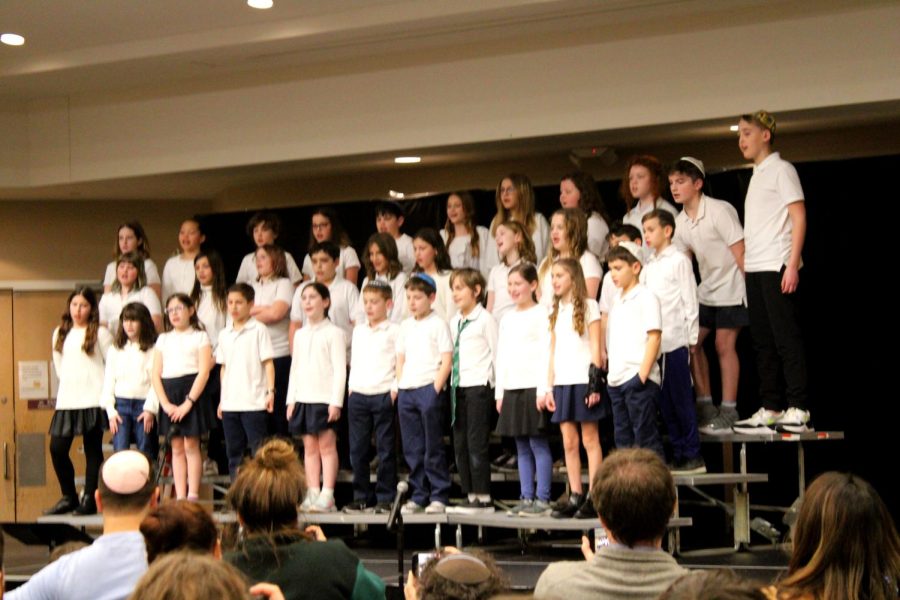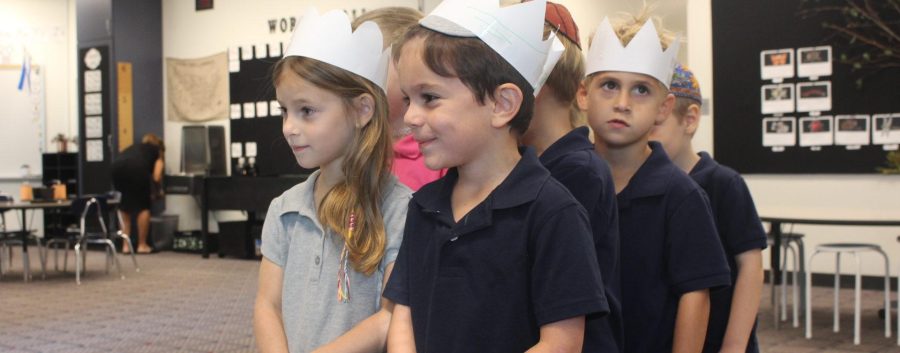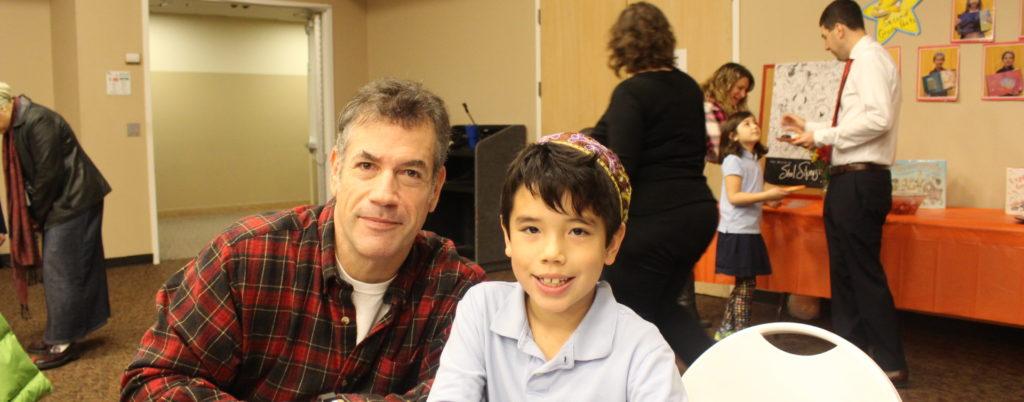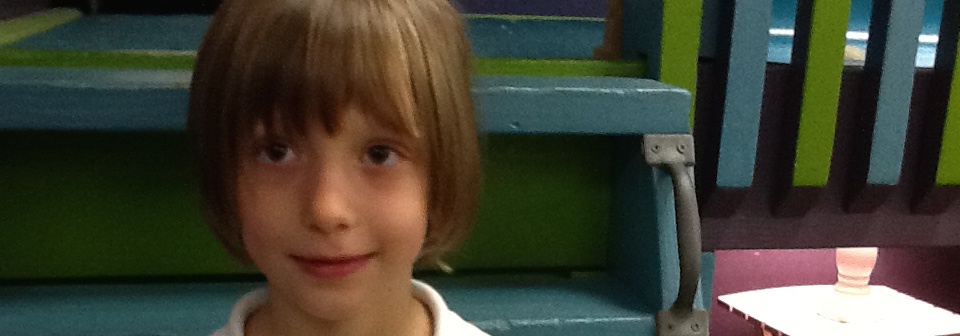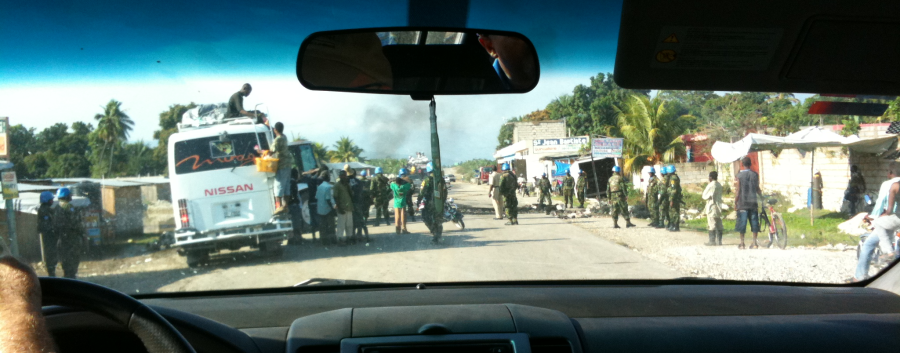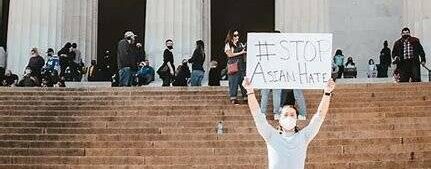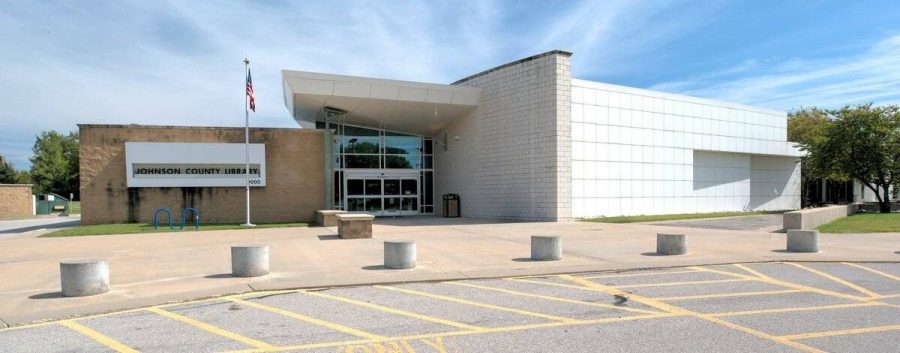Slider image by Scott Koertner.
Approximately 700 miles off the coast of Miami lies the island of Hispaniola. This island, the largest in the Caribbean after Cuba, is home to two countries: Haiti and the Dominican Republic. While these two places are close in proximity and separated merely by a fence, they could not be more different. One is seen as a tourist destination: a growing economy, lively cities, and 5-star resorts. The other is one of the poorest countries in the Western Hemisphere: impoverished, underdeveloped, and overpopulated. How are these two countries, housed on the same island, so vastly different?
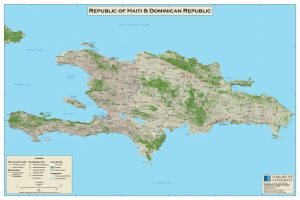
The rift between the two countries started long ago, and it has only grown. In 2013, the Dominican Republic’s highest court ruled that all people living in the Dominican whose parents immigrated within the last 80 years were stripped of their citizenship. An astounding 210,000 Dominicans were left without a place to call home. Although the threat of deportation was only felt by a small percentage, the fear was enough to cause many people to leave on their own. The government claimed that once their birth in the Dominican was verified, their citizenship would be regranted. But in reality, less than a third of the “immigrants” ever reclaimed citizenship, and 70 percent of the people who applied were not allowed to.
The tensions between the two countries are high, as Haitians attempt to cross the border in order to find a better life. They are willing to do the labor intensive jobs that many others would refuse, but they are still denied access. However, bribing guards is quite common, making it difficult for the governments of the two countries to control the border.
Haiti is often rocked by natural disasters, and after the devastating earthquake in 2010 where at least 220,000 Haitians were killed, billions of dollars from around the world poured into the country in order to aid repairs. For a number of reasons, including corruption and an unsound government, there were never any drastic improvements seen.
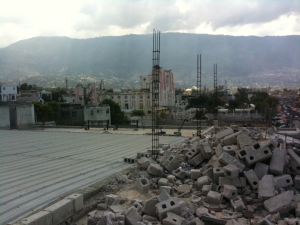
Scott Koertner who previously worked for Kansas City based Heart to Heart International, traveled to both the Dominican Republic and Haiti. These trips were volunteer service trips mainly based around medicine and medical supplies.
In 2007, Koertner traveled to the Dominican Republic. He stayed at a resort, for safety reasons, and saw orphanages, makeshift pharmacies, and a prison in Santo Domingo. Although the Dominican Republic has areas of poverty, it is “a beautiful country, [has] amazing people, [and] great tourist areas.”
Haiti was a bit of a different experience. Koertner went to Haiti in 2011, one year after the massive earthquake. Koertner says that he “was prepared to see poverty and poor conditions, but nothing can fully prepare you for Haiti.” He has been to 24 countries, many of which are still developing, but according to him Haiti is “by far the most impoverished.”
According to Koertner, the Dominican Republic had “restaurants to go out to, the roads were decent, and many of the people seemed employed.” Although there are still poor areas, there “seemed to be a reasonable chance at leading a life without too much suffering.” “In Haiti…there was not much hope.” There was little to no evidence of the government helping its people, and it felt unsafe “even in the safer rural areas,” Koertner says.
The origins of hate and discrimination in the region can be dated back to 1937, which is when many say the Haiti-Dominican relationship took a turn down the wrong path. The Parsley Massacre, carried out by Dominican guards under the leadership of dictator Rafael Trujillo, targeted Haitians and Dominicans with darker skin. Armed with machetes, the guards killed anybody whose pronunciation of the “r” in perejil, the Spanish word for parsley, gave them away, since it is pronounced differently by Haitians. The massacre lasted between five to eight days. Estimates of the number of dead are unknown- estimates range from 1,000 to 30,000 killed. Trujillo at the time refused to accept responsibility for the massacre, so it was largely uninvestigated until he was assassinated.
Before 1937, the border only existed as a way to separate the countries, but people crossed freely between them. Even today, however, the repercussions of Trujillo’s reign are felt, with guards rounding up and deporting Haitians or anybody with skin dark enough to be considered a Haitian.
Even though Haitian workers are willing to do the jobs nobody else wants to, and many citizens of the Dominican Republic are advocating for the rights of their neighbors to the west, a rift still exists. History is hard to overcome, and even though progress is slow, there are still people working to better the lives on both sides of the border. Although a dark history and politics tear them apart, these two countries are intertwined in a way that can not be ignored. Koertner concludes that it seems remarkable that “these [two] disparate worlds can exist on the same island.”



